
Quality of life (QOL) in at-risk individuals starting pre-exposure prophylaxis (PrEP) for HIV prevention is similar to that in the general population and is maintained over time.


Damaged Immune Receptor Could Lead to More Severe Comorbidities in HIV, Study Finds

Quality of life (QOL) in at-risk individuals starting pre-exposure prophylaxis (PrEP) for HIV prevention is similar to that in the general population and is maintained over time.

Metropolitan areas with a minimum wage that was $1 higher at baseline had a 27.12% lower rate of newly diagnosed HIV cases among black residents.

According to a new study, single-tablet regimens may provide better virologic response and control than multiple-tablet regimens for people living with HIV, likely due to a lower pill burden and, subsequently, better medication adherence.
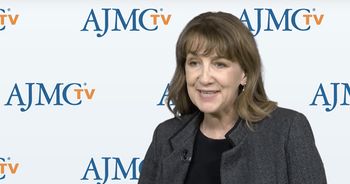
Throughout the year, The American Journal of Managed Care® (AJMC®) offered a number of video programs, including Peer Exchange discussions and interviews, on a range of topics. Here are the most-watched videos published by AJMC® in 2018.

Despite HIV diagnosis rates decreasing among black women as a whole, disparities in diagnosis rates persist among US- and non–US-born black women.

After investigating why patients with HIV have higher rates of cancer than the general population, researchers identified how T-cells move and multiply to invade other cells in these patients.

The National Institutes of Health (NIH) said that it will fund a series of collaborations with medical research institutions in the region as part of a new initiative that will expand ongoing research at the NIH-funded Centers for AIDS Research, a group of HIV-focused research institutions focused on reducing the burden of HIV domestically and globally.
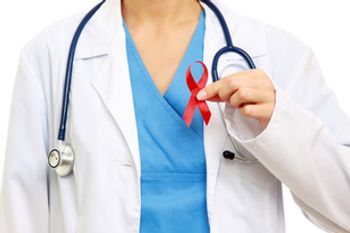
In a new commentary, scientists from the National Institutes of Health (NIH) assert that engaging men in HIV prevention and care is essential for ending the HIV pandemic.

A recent study compared the time to AIDS and mortality and the CD4 T-cell dynamics between HIV-1 and HIV-2, finding that both groups have a high probability of developing and dying from AIDS without antiretroviral treatment.
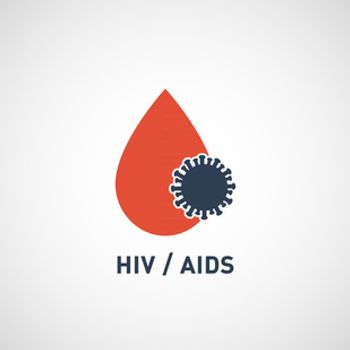
A new report from the CDC revealed that it is necessary for providers to be aware of the challenges faced by Hispanics/Latinos with diagnosed HIV and to improve access to ancillary services.
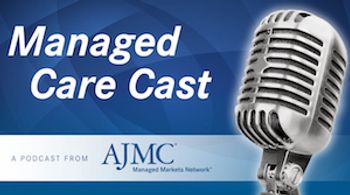
Every week, The American Journal of Managed Care® recaps the top managed care news of the week, and you can now listen to it on our podcast, Managed Care Cast.
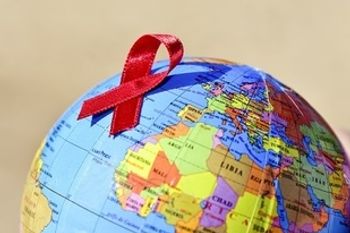
As the world observes World AIDS Day 2018 on December 1, WalletHub has released an HIV/AIDS report in an effort to increase awareness about the virus.

This week, the top managed care news included a CMS plan for changes in drug coverage that brought a wave of criticism; a government task force recommended more people at risk for HIV take pre-exposure prophylaxis, known as PrEP; the American College of Cardiology issued an Expert Consensus Pathway on treatment of patients with type 2 diabetes and atherosclerotic cardiovascular disease.
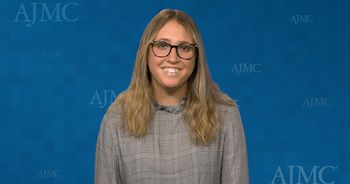
Here are the top 5 articles for the month of November.
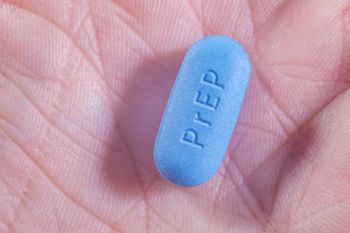
The US Preventive Services Task Force (USPSTF) is recommending that clinicians offer the treatment to people at high risk of HIV, which will likely increase access to the treatment for those who need it most.
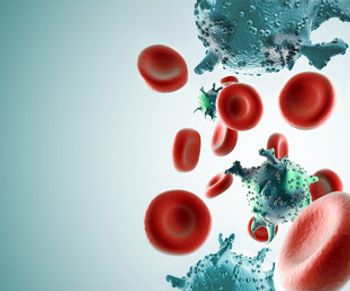
According to a new study, cellular proliferation generates the majority of infected cells during antiretroviral therapy (ART), suggesting that reducing proliferation can decrease the size of the HIV reservoir and work toward a cure.

Following release from prison or jail, people living with HIV have higher mortality rates than the general population, indicating that resources are needed to identify and treat HIV and other medical needs following release from incarceration in order to reduce mortality.

As physicians have an essential role in the fight against HIV—leading patients through the care continuum—understanding HIV-related stigma among physicians can inform development of interventions to reduce this stigma and promote positive clinical outcomes.

Family-centered pediatric advance care planning increased and maintained agreement about goals of care longitudinally, which lowered adolescents’ physical symptoms and suffering.
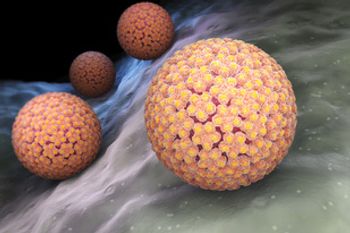
Hispanics living with HIV are at an increased risk of developing cancers caused by the human papillomavirus (HPV) compared to the general Hispanic population, and among people living with HIV, Hispanics are more likely to be diagnosed with cervical and penile cancer.

Recognizing a need for an outcome indicator for those newly diagnosed with HIV, researchers have proposed including the percentage of newly diagnosed persons achieving viral suppression within 3 months of diagnosis.
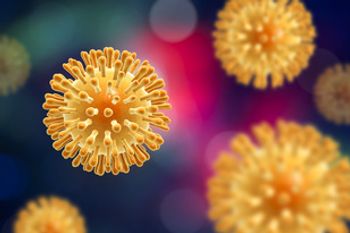
Building on positive 48-week data, Janssen released 96-week data demonstrating high rates of virogolic suppression and tolerability among antiretroviral therapy-naïve adults with HIV-1.

Following more than 1000 people living with HIV who were recently incarcerated, researchers observed that retention in care diminished significantly over time, but it was associated with HIV care during incarceration, health insurance, case management services, and early linkage to care post release.

According to a study presented at the ESMO 2018 Congress in Munich, Germany, treatment with PD-1 or PD-L1 inhibitors is a feasible option for patients who have cancer and are living with HIV.

Express Scripts' Aimee Tharaldson, PharmD, gave her overview of the specialty pharmacy pipeline for 2019 and beyond at the Academy of Managed Care Pharmacy Nexus 2018 meeting in Orlando, Florida.

259 Prospect Plains Rd, Bldg H
Cranbury, NJ 08512
© 2025 MJH Life Sciences®
All rights reserved.
